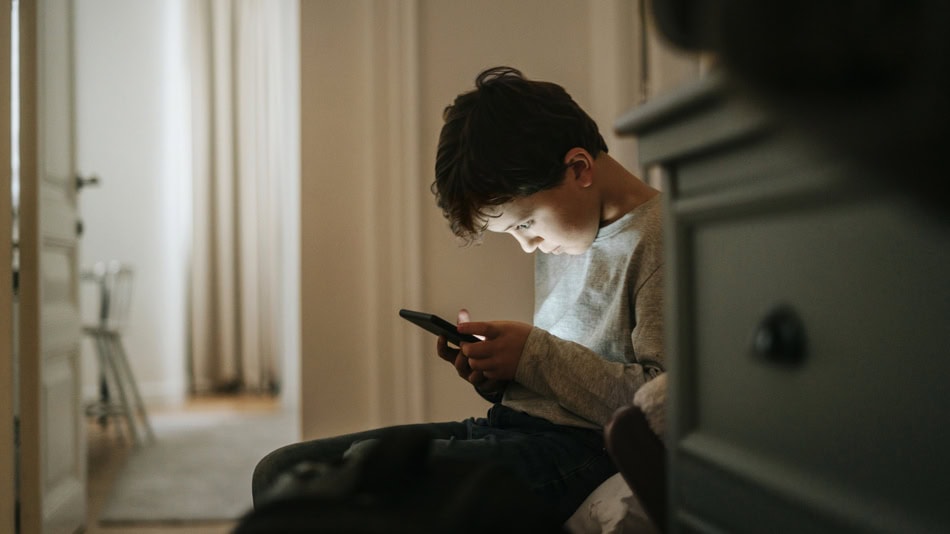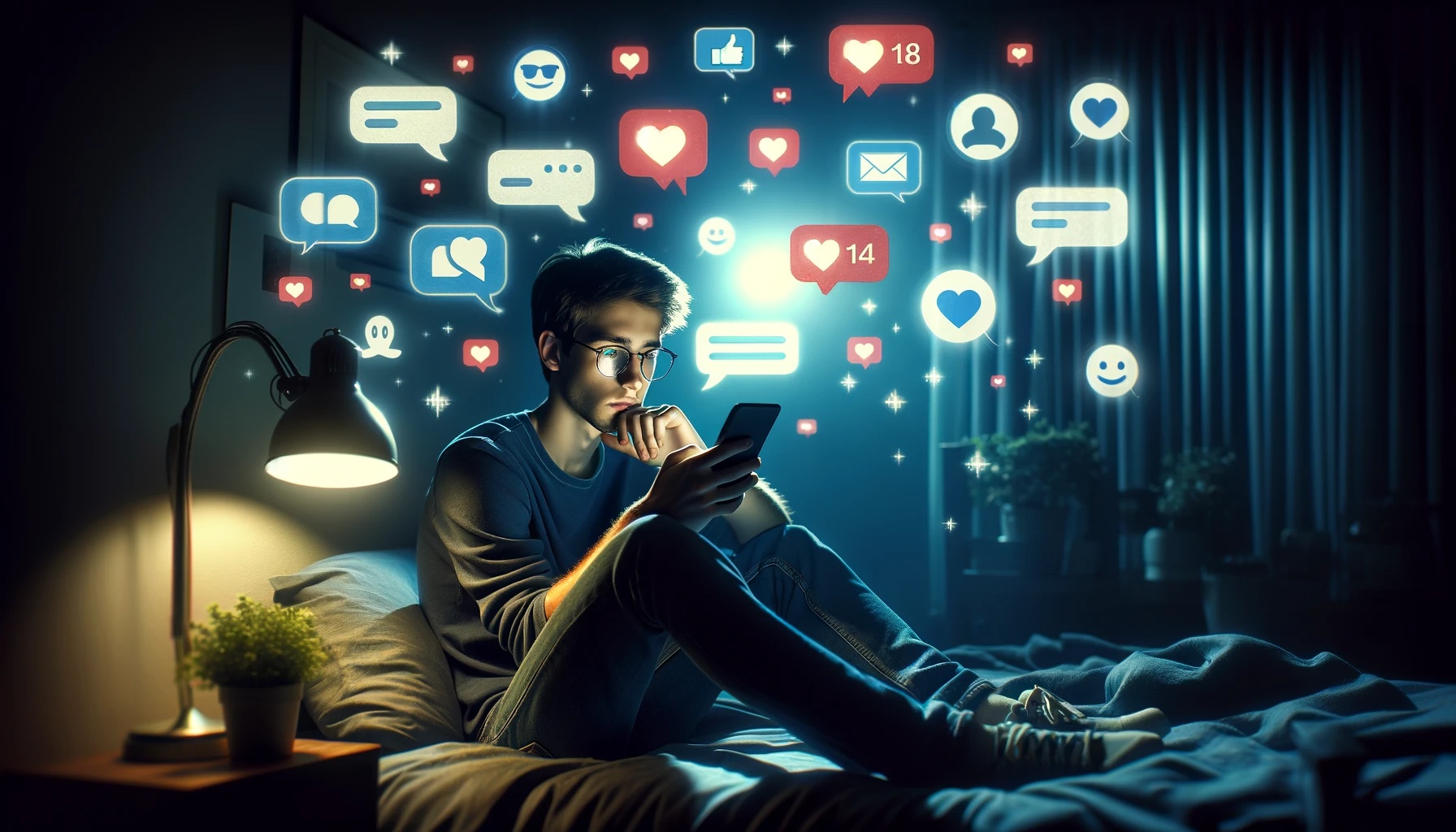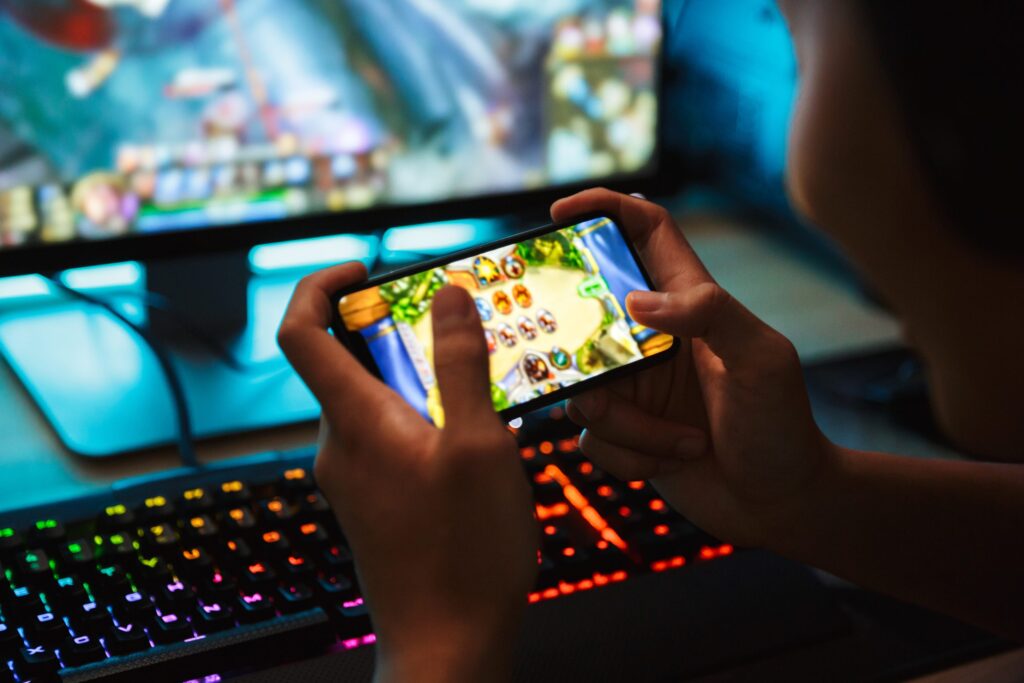
In today’s fast-paced digital era, teenagers face a unique challenge: balancing the benefits of technology with the need for real-life interactions and activities. The constant digital buzz can leave many feeling overwhelmed and disconnected from their immediate surroundings. This article tackles these issues head-on by offering innovative strategies and actionable tips to help regain control over digital habits. By exploring practical detox methods, establishing structured routines, and emphasizing personal relationships, we provide a roadmap for a more balanced, fulfilling life amidst tech overload. Prepare to uncover secret strategies that empower you to embrace technology without letting it dominate your life.
Understanding Technology Overload
In a world dominated by smartphones, social media, and ceaseless connectivity, teenagers are constantly bombarded by notifications, viral challenges, and digital distractions. This overload can lead to stress, shorter attention spans, and increased anxiety. Recognizing the impact of this digital saturation is the first step toward reclaiming balance.
Studies reveal that excessive screen time can disrupt sleep patterns, impair academic performance, and hamper social interactions. When teens are glued to their devices, they risk feeling isolated or pressured by the endless need for online validation. Acknowledging these issues is crucial for developing resilient coping strategies and healthier digital habits.
The real challenge is identifying the signs of digital overload while still making the most of the tremendous resources available online. By monitoring usage patterns and paying attention to the emotions they trigger, teens can create tailored plans to minimize negative effects. It’s essential to approach technology with a critical eye, understanding that not all screen time is equal. For more insights, explore research articles on screen time effects at https://www.apa.org/topics/children-technology.

Digital Detox Strategies for Teens
Digital detoxing is a powerful strategy to alleviate the mental and emotional strain caused by constant connectivity. A digital detox means setting aside designated time periods to disconnect from devices, allowing for reflection and meaningful real-world interactions. Regular detox intervals foster a more mindful relationship with technology.
For many teens, unplugging goes beyond simply turning off a device—it involves consciously establishing boundaries within daily routines. This might include creating tech-free zones, such as the dining room or bedroom, and scheduling specific periods when devices are put aside. These intentional breaks help sharpen focus and recharge energy.
It is important for teens to experiment with different detox methods until they find what works best for them. Some might benefit from a complete media fast one day a week, while others may prefer shorter periodic breaks during study sessions. The key is gradual adjustment, which allows them to notice improvements in mood and productivity. Experts often highlight digital detox’s role in reducing anxiety and boosting overall mental health.

Setting Clear Boundaries
One effective strategy is to clearly define when and where digital device use is acceptable. For instance, designating mealtimes and bedtime as tech-free periods can boost focus and promote better sleep hygiene.
Teach teens that setting boundaries is an act of self-care, encouraging them to create schedules that balance digital and offline activities.
Gradual Reduction Techniques
Reducing screen time gradually can ease the transition. Begin by cutting back 15 minutes every few days, gradually increasing offline intervals.
Keeping track of progress through journals or apps offers teens insights into their habits and reinforces their commitment to a balanced digital lifestyle.
Creating a Balanced Tech Routine
A structured routine is the cornerstone of maintaining balance in a tech-saturated environment. A balanced routine doesn’t reject technology; it integrates it in ways that promote learning, creativity, and real connection. A well-planned schedule helps teens manage their digital lives without succumbing to endless scrolling.
Begin by setting aside specific times for various activities—study, relaxation, physical exercise, and creative pursuits. In a world dominated by screens, a routine acts as an anchor that not only boosts productivity but also ensures moments for self-care.
Importantly, a balanced routine should remain flexible to adapt to changing responsibilities and interests. Encourage teens to include tech breaks dedicated to mental well-being, such as using mindfulness apps or even going for a walk. For more tips on crafting effective routines, visit trusted lifestyle sites like https://www.lifehack.org/articles/communication/how-to-create-a-balanced-daily-routine.html.
Building Real-World Connections
Even though digital devices keep us connected, nothing can replace the warmth of face-to-face interactions. Real-world connections build empathy, understanding, and essential social skills that digital exchanges often lack. Prioritizing in-person interactions is vital for nurturing mental and emotional well-being.
For teenagers, engaging in physical activities—be it through sports, school clubs, or community groups—helps to build a robust support network. Such interactions not only combat the isolation that often accompanies excessive screen time but also cultivate key life skills like teamwork, negotiation, and empathy. Encouraging participation in extracurricular activities can be transformative.
Balancing digital practices doesn’t mean eliminating technology—it means ensuring that it never replaces meaningful interpersonal experiences. As technology continues to evolve, so should our strategies for blending online and offline interactions. For in-depth understanding, consider exploring studies on social capital at https://www.pewresearch.org/internet/.

The Value of Offline Communities
Offline communities offer an authentic sense of belonging. They enable the development of emotional and social skills that are often muted in online interactions.
Teens who actively engage in face-to-face environments frequently exhibit heightened emotional intelligence and resilience.
Strategies for Enhancing Social Skills
Participating in group activities like team sports, book clubs, or volunteer projects can substantially boost social skills while creating lasting memories.
Mentors and role models are instrumental in guiding teens through navigating complex social landscapes both online and offline.
Developing a Personal Tech Plan

Every teen’s relationship with technology is unique, making it essential to create a personalized tech plan. This plan should promote the intentional and ethical use of digital resources, tailored to individual needs, goals, and limits. Personalization is key to cultivating a balanced digital lifestyle.
Begin by examining daily routines: pinpoint peak productivity periods as well as times when technology tends to distract. With these insights, teens can craft strategies that incorporate scheduled digital breaks, defined social media limits, and dedicated periods for offline activities. A well-constructed tech plan transforms technology from a passive habit into an active tool for personal growth.
Parents, teachers, and counselors can also play a supportive role in shaping these digital strategies. By balancing flexibility with discipline, a personal tech plan eases the tension between constant connectivity and real-world responsibilities. For more guidance on creating effective tech plans, check out resources on https://www.commonsensemedia.org/blog/creating-a-smart-digital-diet-for-teens.
Self-Assessment and Goal Setting
Encourage teens to begin with a personal evaluation of their tech habits. Understanding which activities consume most of their time is the first step in setting realistic, achievable goals.
Documenting specific, measurable objectives serves as a clear roadmap, fostering accountability and motivation.
Monitoring Progress and Adjustments
Using apps to track screen time can be very helpful. This data-driven approach makes it easier to spot trends and areas needing improvement.
Regularly revisiting and adjusting the personal tech plan ensures it remains aligned with evolving needs and responsibilities.
Additional Insights for a Holistic Tech Balance
Beyond the primary strategies outlined, there are several emerging trends that can further support a balanced life in a tech-centric era. The notion of mindful technology is gaining traction as both teens and educators seek ways to integrate digital tools in ways that promote personal growth and community engagement.

One innovative approach is incorporating mindfulness practices at the start of the day. Techniques such as meditation, journaling, or even a brief walk outdoors can reset the mind before digital engagement, laying the foundation for a focused day.
Furthermore, many educational institutions now offer digital literacy programs that not only teach safe and effective technology use but also stress the importance of digital balance. Learning about privacy, cyberbullying, and responsible online behavior empowers teens to take charge of their digital lives.
Peer support groups and community forums dedicated to digital wellness provide additional layers of assistance. These safe spaces enable teens to share experiences, challenges, and strategies, reinforcing the idea that technology, when used thoughtfully, can be an empowering tool rather than a source of stress.
Achieving balance in a tech-driven world isn’t about completely shunning technology; it’s about using it in ways that enhance, rather than detract from, your life. Throughout this article, we’ve explored several strategies—from digital detoxes to thoughtfully designed daily routines—that can help teens manage their digital usage. These secret strategies can lead to improved mental health, stronger personal relationships, and a more productive, satisfying life. The key lies in mindfulness and intentional engagement with technology. As you experiment with these approaches, you’ll become better equipped to navigate the digital landscape while staying grounded in the real world.